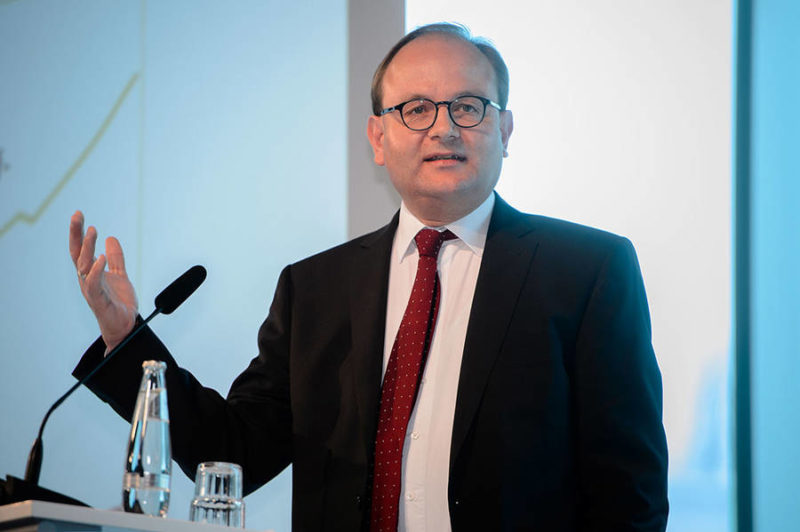Since the reduction of CO2 emissions is too slow to limit global heating to 1.5°C, a great deal of CO2 must be removed from the atmosphere. Depending on the scenario, this will cost up to 2 percent of annual global economic output in 2050. This effort is economically imperative because the climate damage per tonne of CO2 is many times higher.

However, this would overburden state budgets, so a financial architecture is needed to mobilise private capital. The Potsdam Institute for Climate Impact Research (PIK) and KfW, one of the world’s leading promotional banks, are now making a joint proposal at the World Climate Summit.
The economic costs of the climate crisis are already becoming all too clear, according to a discussion paper prepared by PIK and KfW. PIK Director and climate economist Ottmar Edenhofer and KfW CEO Stefan Wintels will present the document on Thursday, November 14, 2024, at a joint event on the sidelines of the UN Climate Change Conference, COP 29, in Baku.
According to recent research, annual climate damages worldwide are expected to grow to trillions by 2050, compared to a scenario without climate change. The economic damage caused by the emission of one tonne of CO2 is estimated at 1,000 euros and higher. By comparison, the price of the corresponding permit in European emissions trading – for the operators of coal-fired power plants or cement factories, for example – is currently around 65 euros.
The discussion paper written by PIK and KfW Research outlines the option of integrating carbon removals into the existing emissions trading system. This requires a rapid expansion of the market. Promotional banks like KfW could play a crucial role in advancing market development by launching early purchase programmes and assuming risk.
For example, “clean-up certificates” can create incentives for private-sector demand in the early stages of the new market. Instead of paying money up-front for a conventional emission allowance, companies would use this new instrument to commit to having the CO2 removed from the atmosphere at a later date – preferably using new, high-quality processes such as air filter systems or artificially accelerated weathering of rock.
To ensure a positive impact on the climate, transparent regulation, effective control and quality-assurance systems are crucial. A yet-to-be-established European institution would have to ensure liquidity and stability of the market.
Retrieval and storage of CO2 as the third pillar of climate policy
“Time is of the essence for such an expansion,” emphasises PIK Director Ottmar Edenhofer. “If we now stimulate demand for carbon removals in this way, it can bridge the Valley of Death between technical innovation and marketability in the emerging removal industry, which will have to operate on the gigatonne scale by mid-century. Moreover, operating through the existing EU emissions trading scheme for electricity and energy-intensive industries will only work for a limited time; under current legislation, the number of emission permits will drop to zero in 2039.”
The discussion paper classifies the retrieval and storage of CO2 as the third pillar of climate policy, alongside rapid emission reduction towards zero, and adaptation to climate change. The paper emphasises the need to strengthen the incentive effect of carbon pricing for carbon removal activities through targeted government support.
For example, the public sector could provide grants, premiums or tax incentives to promote research and development. It can also improve the framework conditions for private venture capital. Promotional loans can incentivise pilot projects and the market diffusion of removal technologies.
“The market is currently experiencing a race of discovery, with high uncertainties regarding the technological and economic success of projects,” explains KfW CEO, Stefan Wintels. “In such a situation, creative power is needed. New structures of governance, markets and financing are required to integrate private capital and establish markets.”
In view of the current UN Climate Change Conference, PIK and KfW also highlight how carbon removal can act as a game changer in international climate policy. The Global South has natural advantages as a provider of removals, whereas the bulk of demand has so far come from industrialised countries. This ties in with a hot topic on the agenda of this year’s summit: Article 6 of the 2015 Paris Agreement, which in principle allows voluntary climate cooperation between states, and cross-border crediting of success.
